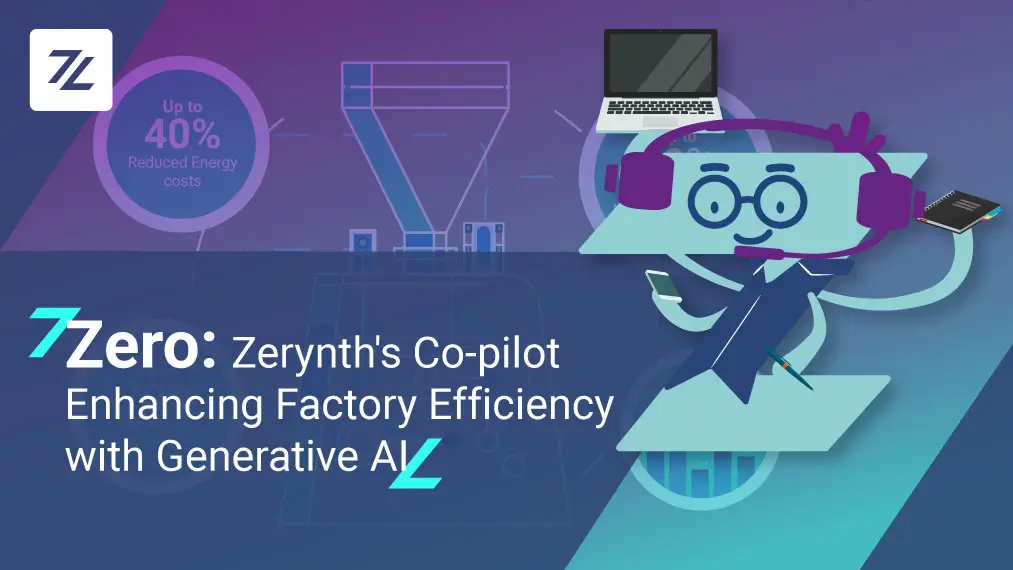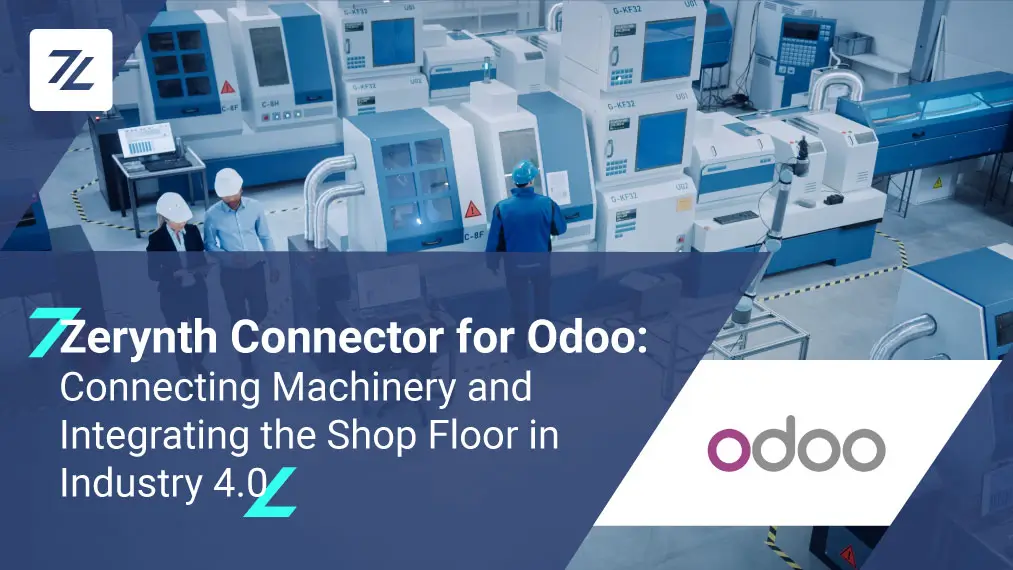If you’ve ever been involved with a startup of any kind, you know that starting, managing, and scaling are the tipping points between their success and failure. Statistics tell us that about 90% of startups fail, and another 70% of those don’t succeed beyond five years. Hardware startups are a subset that have their own special problems. They are more complex than purely based software startups.
Within this article, we’ll concentrate on hardware startups and explore ways to convert potential failures into success stories.
Talk to anyone in the entrepreneurial ecosystem and they will tell you hardware is hard! Perhaps they are right. After all, hardware needs significant capital investment, has a longer development cycle, is part of a complex supply chain, and there are loads of challenges with handling and selling the product.
Hardware startups fail mainly due to technical, financial, or organizational challenges.
Let’s take a look a the technical challenges:
1. Design-For-Manufacturing (DFM)
Entrepreneurs and product managers often focus on developing a Proof-of-Concept (PoC) or Minimal Viable Product (MVP) as quickly as possible in order to cut costs or raise capital based on that MVP. What they often don’t take into consideration is how they will transition from the PoC stage to mass production.
While prototyping boards like Arduino or Raspberry Pi may be great tools for fast and easy hardware prototyping, they are not economically viable options for large-scale production, nor are they the best options available from a supply chain perspective.
For Proof-of-Concept prototypes, an off-the-shelf component or an enclosure or even a basic 3D printed enclosure usually works fine. As you progress with the development of your product, you will have to figure out how you can manufacture each component on a large scale. This is called Design-For-Manufacturing (DFM).
Design-for-Manufacturing (DFM) is the process of designing parts, components, or products for ease of manufacturing with the end goal of making a better product at a lower cost.
The sooner you begin incorporating DFM practices into your design the easier and less costly it will be when it comes time to scale up your manufacturing process.
The Design-For-Manufacturing (DFM) process should be used in all of the components of the product such as in PCB design, product enclosure, product packaging.
2. Unforeseen Technological Problems
IoT projects – as compared with traditional IT projects – may fail because of the inability to understand the complexity of the project.
Complexities arise because a lot of decisions have to be made in the planning phase before starting the development phase.
Complexities might also come from the volatility of the technologies and the reliability of vendors.
The longevity of IoT projects could outlast a number of supply factors, including the sunsetting of some cellular networks 2G and 3G, the acquisition or merging of some network operators and other partners and suppliers, etc.
Surveys show that industrial machines operate for more than 20 years. Technologies used in an IoT project must be scalable and adaptable to future updates.
One way to mitigate this risk is to keep iterating
It is very important for an IoT product to have a proper Development- Operations (dev-ops) cycle. It should enable a fast and efficient hardware and software development cycle, where hardware and software engineers can develop, test, and deploy system updates or bug fixes in a timely manner.
For example, your IoT product should have a secure and fast over-the-air update system that handles all version updates and bug fixes. It also needs to be scaled as your product gets deployed to the market.
Zerynth develops an IoT platform that simply takes care of all these details, For instance, the Zerynth Cloud pushes over-the-air updates to fleets of devices securely and handles fail-safe updating mechanisms for single devices or fleets of devices.
For more information on Zerynth Cloud, visit the product page.
3. No clear definition of IoT use case
This is by far the most common reason why startups fail.
Introducing technology for technology’s sake is among the most popular sources of IoT adoption-related problems. To put it simply, make sure you are not solving an issue that didn’t really exist.
You can start by defining your target audience and conducting research to understand your customer base.
This not only keeps you focused on solving real problems but also helps you avoid feature creep.
4. Don’t build a product, Build an Experience
Quartz’s brilliant article on copycats of Kickstarter products is perhaps the easiest way to understand what the current state is in the manufacturing business.
Most physical products are not difficult to reverse engineer or replicate. Every product is prone to copycat manufacturing. For every innovative hardware idea, there exists a potential partner or competitor that can offer a similar product at a much lower price,
even if the product owner signs “NNN agreements” with potential partners before revealing any intellectual property. These agreements prevent partner factories from using the intellectual property themselves,(“non-use”), sharing it with others (“non-disclosure”), or inking a partnership and then selling extra units on their own (“non-circumvention”).
Even then, there’s no guarantee that you can stop others from being a copycat of your product.
Your only competitive advantage then is to create a strong community around your product, build a brand, and offer great customer support so that you are not simply selling a product, but a great end-to-end experience.
Zerynth IoT Platform
Have you checked our Zerynth IoT Platform yet? It is a complete IoT platform that empowers Industrial IoT applications and smart connected products.
If you have questions, feel free to leave them at the Community Forum.
Share This Story, Choose Your Platform!
Follow Zerynth on
Latest Posts






